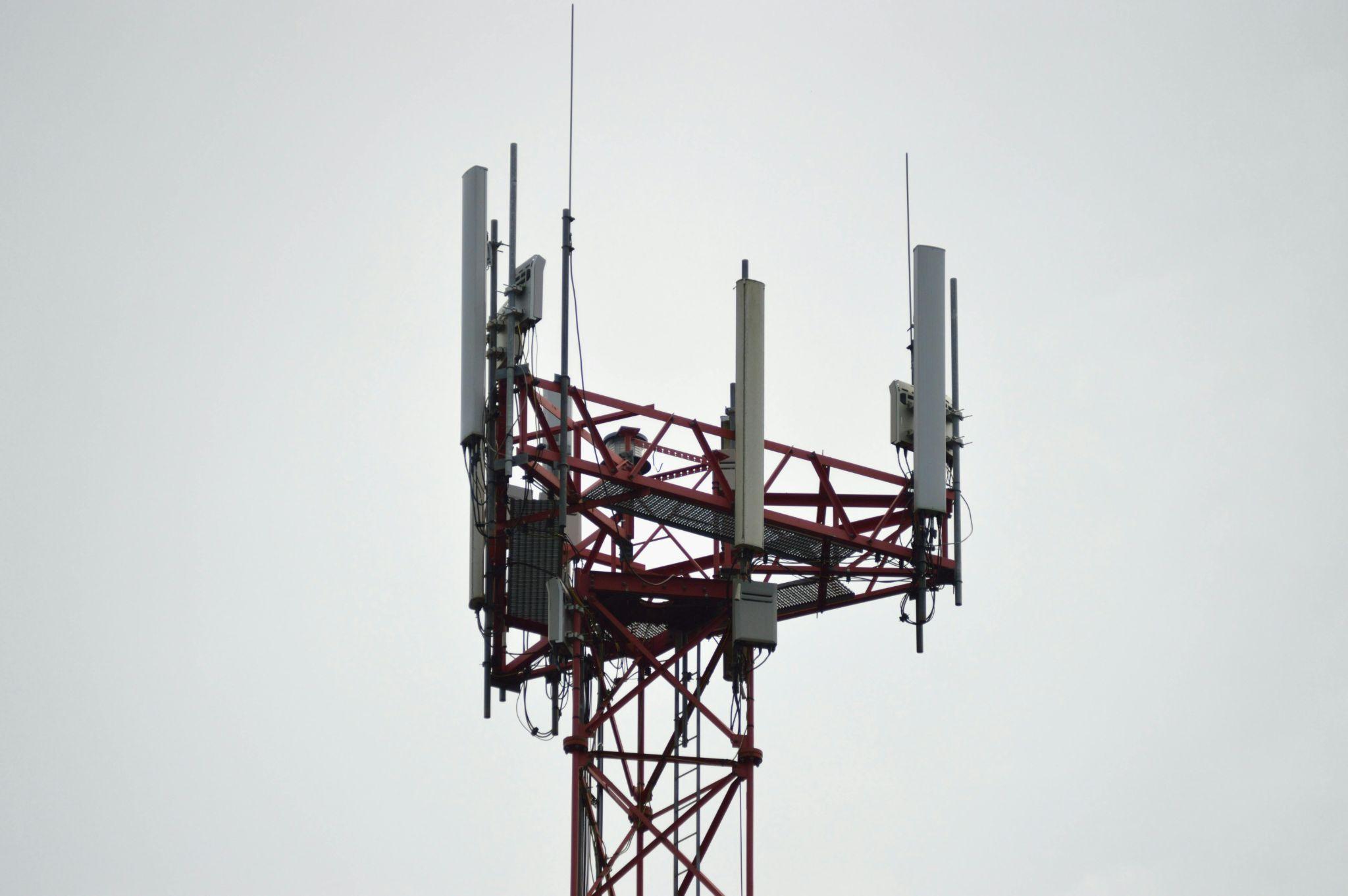The convergence of 5G technology and the Internet of Things represents a transformative shift in how we connect and interact with smart devices. This revolutionary advancement in wireless communication is set to unlock unprecedented possibilities for connected devices, enabling faster data transmission, reduced latency, and massive scalability that will reshape industries and daily life.
What is 5G and How Does it Work?
5G technology represents the fifth generation of mobile networks, designed to meet the growing demands of our increasingly connected world. Unlike its predecessors, 5G operates on multiple spectrum bands, including low-band, mid-band, and high-band frequencies, enabling unprecedented flexibility and performance for diverse applications.
Key Features of 5G Networks
The fundamental characteristics of 5G set it apart from previous generations, offering substantial improvements across multiple performance metrics.
| Feature | 4G | 5G | Improvement Factor |
|---|---|---|---|
| Peak Data Speed | 1 Gbps | 20 Gbps | 20x |
| Latency | 20-30ms | 1-4ms | 10x |
| Connection Density | 100k devices/km² | 1M devices/km² | 10x |
| Network Efficiency | 100% baseline | 100x better | 100x |
| Traffic Capacity | 0.1 Mbps/m² | 10 Mbps/m² | 100x |
| Network Energy Usage | 100% baseline | 10% of 4G | 90% reduction |
The Technology Behind 5G Networks
The revolutionary capabilities of 5G are powered by several key technological innovations:
- Millimeter Wave (mmWave) Technology: Operating at frequencies between 30 and 300 GHz, mmWave enables extremely high data rates but requires dense network deployment due to limited range.
- Massive MIMO (Multiple-Input Multiple-Output): Advanced antenna systems that use dozens of elements to enhance capacity and coverage through beamforming and spatial multiplexing.
- Network Slicing: Enables the creation of multiple virtual networks on a single physical infrastructure, allowing operators to deliver customized services for different use cases.
How 5G Improves IoT Connectivity
The implementation of 5G networks fundamentally transforms how IoT devices communicate and interact. The enhanced capabilities enable more sophisticated and demanding applications that were previously impossible.
Faster Data Transmission and Real-Time Processing
5G technology enables data transmission speeds up to 20 Gbps, revolutionizing how IoT devices communicate and process information. This unprecedented speed supports:
- Real-time video analytics for security and surveillance
- Autonomous vehicle communication with infrastructure and other vehicles
- Industrial automation with instant response times
- Smart grid management with millisecond-level power distribution control
- Augmented reality applications for maintenance and training
Reduced Latency for Real-Time IoT Applications
The ultra-low latency of 5G networks (1-4 milliseconds) enables critical applications that require instant response times:
| Application | Required Latency | Impact of 5G |
|---|---|---|
| Remote Surgery | <10ms | Enables precise control and haptic feedback |
| Autonomous Vehicles | <5ms | Supports real-time decision making |
| Industrial Robotics | <1ms | Enables precise coordination |
| AR/VR Applications | <20ms | Eliminates motion sickness |
| Gaming | <10ms | Provides seamless gameplay |
Scalability and Reliability of IoT with 5G
Handling Massive Device Density
5G networks can support up to one million connected devices per square kilometer, enabling unprecedented IoT deployment scales. Key beneficiaries include:
- Smart Cities
- Traffic management systems
- Public safety networks
- Environmental monitoring
- Waste management systems
- Industrial Facilities
- Production line sensors
- Asset tracking devices
- Environmental monitors
- Safety systems
- Agricultural Operations
- Crop monitoring sensors
- Irrigation systems
- Livestock tracking
- Automated equipment
Enhanced Network Reliability and Stability
5G technology introduces several features that enhance network reliability:
- Network Slicing for guaranteed service levels
- Multi-path connectivity for improved resilience
- Advanced error correction mechanisms
- Automated network optimization
- Self-healing network capabilities
Industry-Specific Benefits of 5G for IoT

Smart Cities: Building Connected Urban Spaces
The implementation of 5G-powered IoT in urban environments enables:
| Smart City Application | Benefits | Impact |
|---|---|---|
| Traffic Management | 30% reduction in congestion | Improved air quality and reduced commute times |
| Public Safety | 50% faster emergency response | Enhanced citizen security |
| Energy Management | 20% reduction in energy usage | Lower carbon footprint |
| Waste Management | 40% more efficient collection | Reduced operational costs |
Healthcare: Revolutionizing Remote Monitoring and Surgery
5G technology transforms healthcare delivery through:
- Remote Surgery
- Ultra-low latency control
- High-definition video feeds
- Haptic feedback systems
- Real-time vital monitoring
- Patient Monitoring
- Continuous health tracking
- Predictive health analytics
- Automated emergency response
- Personalized treatment plans
Manufacturing: The Future of Industry 4.0
5G-enabled Industrial IoT revolutionizes manufacturing through:
- Real-time Production Monitoring
- Instant quality control
- Predictive maintenance
- Resource optimization
- Waste reduction
- Automated Operations
- Coordinated robotics
- Flexible production lines
- Dynamic inventory management
- Smart logistics
Security Considerations for IoT in the 5G Era
Cybersecurity Risks with Expanded IoT Networks
The expansion of IoT networks through 5G introduces new security challenges:
| Security Risk | Impact | Mitigation Strategy |
|---|---|---|
| Network Slicing Attacks | Service disruption | Enhanced isolation and monitoring |
| IoT Device Hijacking | Data theft and manipulation | Strong authentication and encryption |
| DDoS Attacks | Network availability | Traffic analysis and filtering |
| Man-in-the-Middle Attacks | Data interception | End-to-end encryption |
How to Secure IoT Devices on 5G Networks
Essential security measures for 5G IoT deployments include:
- Device-level Security
- Secure boot mechanisms
- Regular firmware updates
- Strong authentication
- Encrypted communication
- Network Security
- Network slicing isolation
- Traffic monitoring
- Intrusion detection
- Access control
- Data Security
- End-to-end encryption
- Secure storage
- Access logging
- Data backup
The integration of 5G technology with IoT systems marks a pivotal moment in technological evolution. This combination promises to revolutionize industries, enhance urban living, and enable new applications that were previously impossible. As organizations continue to adopt and implement these technologies, careful attention to security and scalability will be crucial for realizing the full potential of this transformative partnership between 5G and IoT.




